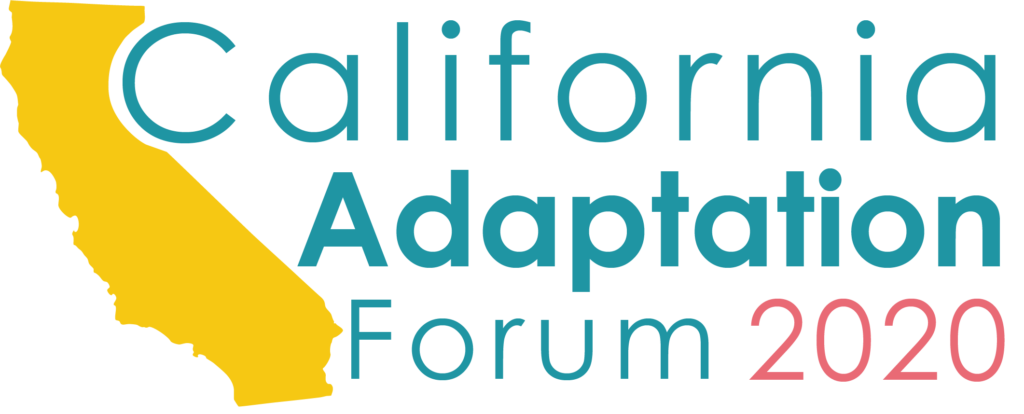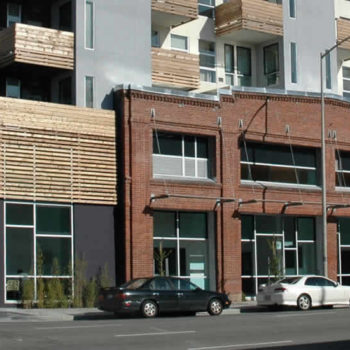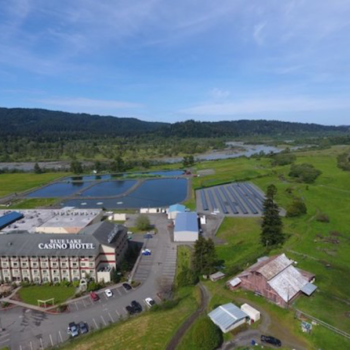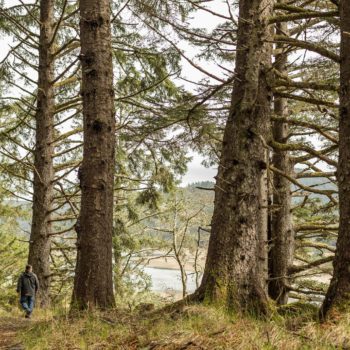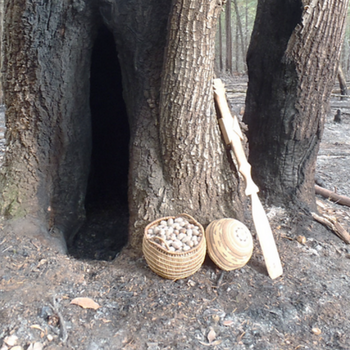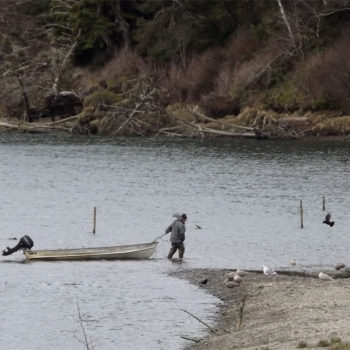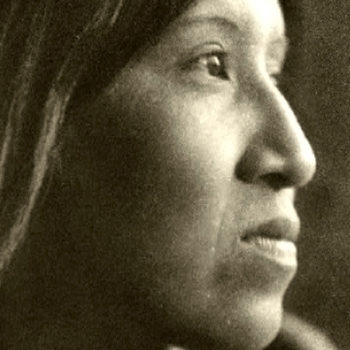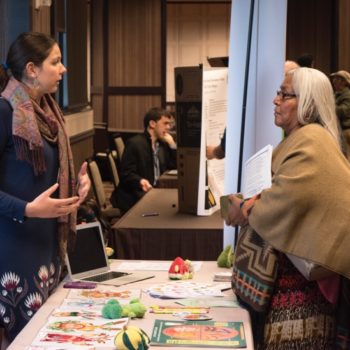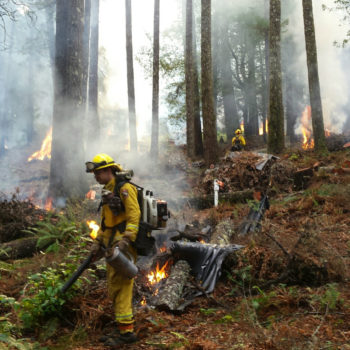Climate-Safe Infrastructure: Building Resilience to Climate Change
When California invests public funds into infrastructure, we make a compact with the public that those projects, from bridges to schools to levees, will fulfill critical economic and public well-being needs over decades. Climate change threatens this compact by introducing change and uncertainty to the baselines these projects are designed to endure. Extreme events such…
